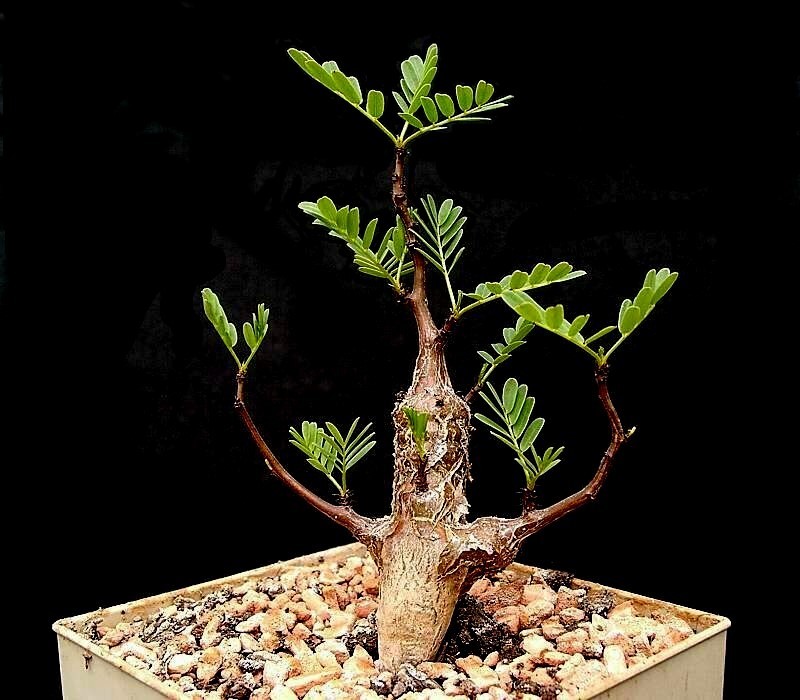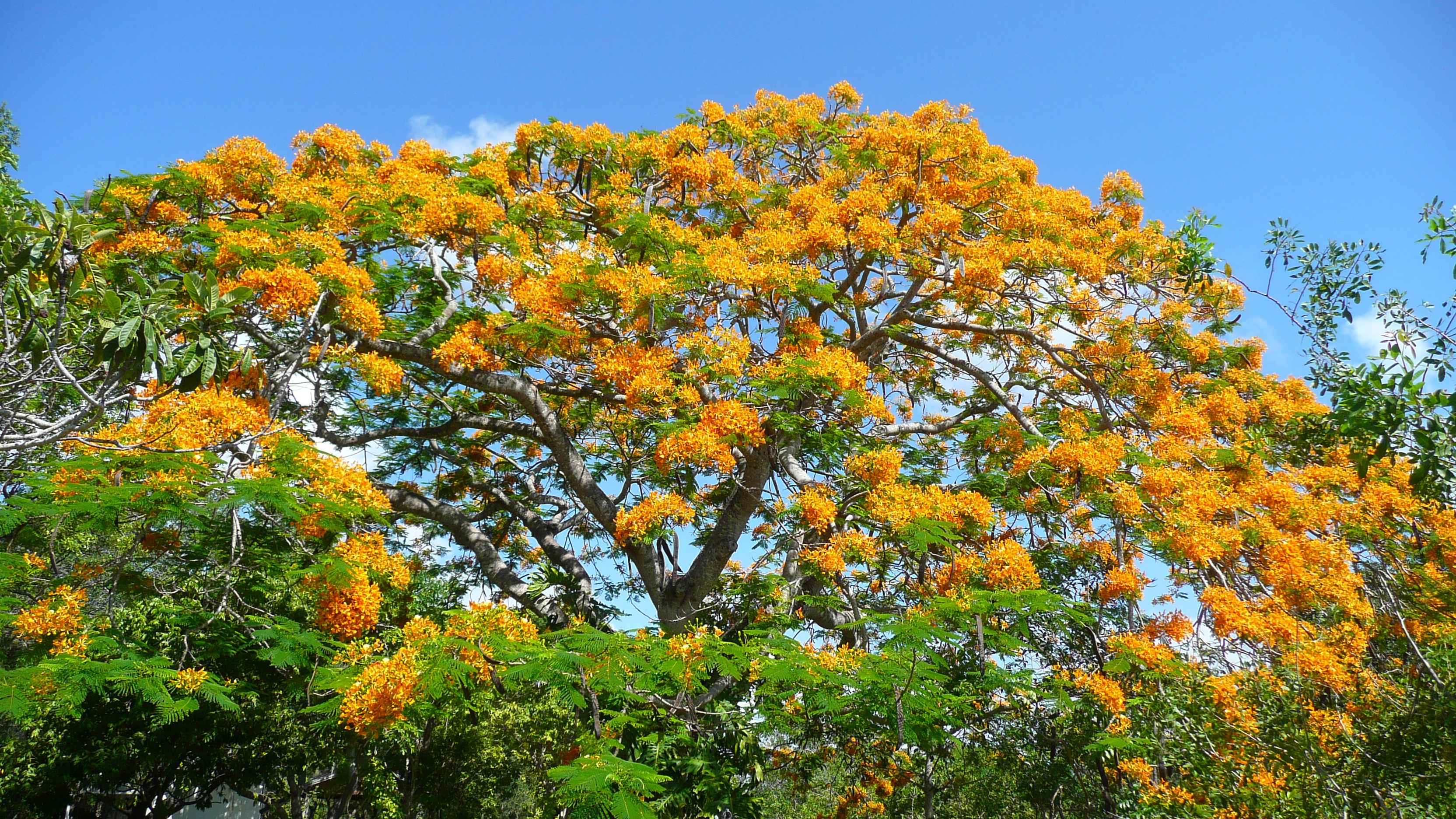|
Delonix
''Delonix'' is a genus of flowering plants in the family Fabaceae, subfamily Caesalpinioideae. It contains trees that are native to Madagascar and East Africa. By far the best known species is the Royal Poinciana ('' D. regia''). The name of the genus is derived from the Greek words δηλος (''delos''), meaning "evident," and ονυξ (''onyx''), meaning "claw," referring to the petal Petals are modified leaves that form an inner whorl surrounding the reproductive parts of flowers. They are often brightly coloured or unusually shaped to attract pollinators. All of the petals of a flower are collectively known as the ''corol ...s. The common name, poinciana, comes from a former genus of the same name in which the members of the current genus ''Delonix'' were classified along with plants now placed in the genus '' Caesalpinia''. Species 12 species are accepted: Use These plants (collectively known as or ) release brown resin lumps that can be dissolved to make glue, ... [...More Info...] [...Related Items...] OR: [Wikipedia] [Google] [Baidu] |
Delonix Elata01
''Delonix'' is a genus of flowering plants in the family Fabaceae, Family (biology), subfamily Caesalpinioideae. It contains trees that are native to Madagascar and East Africa. By far the best known species is the Royal Poinciana (''Delonix regia, D. regia''). The name of the genus is derived from the Greek language, Greek words δηλος (''delos''), meaning "evident," and ονυξ (''onyx''), meaning "claw," referring to the petals. The common name, poinciana, comes from a former genus of the same name in which the members of the current genus ''Delonix'' were classified along with plants now placed in the genus ''Caesalpinia''. Species 12 species are accepted: Use These plants (collectively known as or ) release brown resin lumps that can be dissolved to make glue, or sucked as edible sweets among the Malagasy peoples, Malagasy. Their seeds too are roasted and eaten as a snack in the south. References External links * * Delonix, Fabaceae genera Taxa named by ... [...More Info...] [...Related Items...] OR: [Wikipedia] [Google] [Baidu] |
Delonix Baccal
''Delonix'' is a genus of flowering plants in the family Fabaceae, subfamily Caesalpinioideae. It contains trees that are native to Madagascar and East Africa. By far the best known species is the Royal Poinciana ('' D. regia''). The name of the genus is derived from the Greek words δηλος (''delos''), meaning "evident," and ονυξ (''onyx''), meaning "claw," referring to the petals. The common name, poinciana, comes from a former genus of the same name in which the members of the current genus ''Delonix'' were classified along with plants now placed in the genus ''Caesalpinia ''Caesalpinia'' is a genus of flowering plants in the family Fabaceae. It includes 10 species which range from southeastern Mexico through Central America to Colombia, Ecuador, and Peru, and to Cuba, Hispaniola, and the Bahamas. Taxonomy His ...''. Species 12 species are accepted: Use These plants (collectively known as or ) release brown resin lumps that can be dissolved to make glue, or ... [...More Info...] [...Related Items...] OR: [Wikipedia] [Google] [Baidu] |
Delonix Regia
''Delonix regia'' is a species of flowering plant in the bean family Fabaceae, subfamily Caesalpinioideae native to Madagascar. It is noted for its fern-like leaves and flamboyant display of orange-red flowers over summer. In many tropical parts of the world it is grown as an ornamental tree. It is a non-nodulating legume. Although its country of origin was unknown, it had been in widespread cultivation for centuries. Finally, in 1932, a natural colony was discovered on the west coast of Madagascar by J. Leandri. Common names Its common names include " flame tree" (one of several species given this name), peacock flower, royal poinciana, flamboyant, phoenix flower, flame of the forest. The name ''poinciana'' comes from a genus it was once placed in named '' Poinciana'' after Phillippe de Longvilliers de Poincy, a French noble who once governed the Caribbean island of Saint Kitts. Description ''Delonix regia'' is a medium-sized deciduous tree that grows to about . The bark ... [...More Info...] [...Related Items...] OR: [Wikipedia] [Google] [Baidu] |
Delonix Elata ...
''Delonix elata'' is a species of flowering plant in the family Fabaceae. Common names in English include white gul mohur, creamy peacock flower and yellow gul mohur. References External links * {{Taxonbar, from=Q15478839 elata Elata is a Greek village on the island of Chios. The village is situated on hilly terrain and has a population of several hundred. Elata Elata became a village hundreds of years ago when seven tribes came together to protect themselves from Tu ... [...More Info...] [...Related Items...] OR: [Wikipedia] [Google] [Baidu] |
Delonix Decaryi
''Delonix decaryi'' is a species of plant in the family Fabaceae. It is found only in Madagascar Madagascar, officially the Republic of Madagascar, is an island country that includes the island of Madagascar and numerous smaller peripheral islands. Lying off the southeastern coast of Africa, it is the world's List of islands by area, f .... References * decaryi Endemic flora of Madagascar Taxonomy articles created by Polbot Plants described in 1948 {{Caesalpinioideae-stub ... [...More Info...] [...Related Items...] OR: [Wikipedia] [Google] [Baidu] |
Delonix Edulis
''Delonix edulis'' ( Malagasy:''Tara'') is a species of edible wild plant native to southwest Madagascar. The plant grows in semi-arid tropical zones with annual rainfall less than 400 mm, from sea level up to 100 meters elevation. The plant is classified in subfamily Caesalpinioideae of family Fabaceae. The scientific synonym ''Lemuropisum edule'' means ''edible lemur's pea''. The species is currently under investigation as a potential nut crop in Western Australia. Description Unarmed, multistemmed, much branched, spreading shrub up to 4–6 m tall, crown dense, branchlets sometimes spine-like. Leaves sparse, semi-persistent, paripinnate, with 1-4 pairs of oval to suborbicular leaflets, 3.5–6 mm wide. Inflorescence a raceme; flowers bisexual, with 4 white petals and 1 tinged yellow. Flowers are night-opening, with long stamens and a nectariferous upper petal shaped as a narrow tubular claw. Fruit pendent, subcylindric, depressed between the seeds, 20–30 c ... [...More Info...] [...Related Items...] OR: [Wikipedia] [Google] [Baidu] |
Delonix Brachycarpa
''Delonix brachycarpa'' is a species of plant in the family Fabaceae. It is found only in Madagascar Madagascar, officially the Republic of Madagascar, is an island country that includes the island of Madagascar and numerous smaller peripheral islands. Lying off the southeastern coast of Africa, it is the world's List of islands by area, f .... References brachycarpa Endemic flora of Madagascar Taxonomy articles created by Polbot {{Caesalpinioideae-stub ... [...More Info...] [...Related Items...] OR: [Wikipedia] [Google] [Baidu] |
Delonix Boiviniana
''Delonix boiviniana'' is a species of plant in the family Fabaceae. It is found only in Madagascar Madagascar, officially the Republic of Madagascar, is an island country that includes the island of Madagascar and numerous smaller peripheral islands. Lying off the southeastern coast of Africa, it is the world's List of islands by area, f .... References boiviniana Endemic flora of Madagascar Taxonomy articles created by Polbot Taxa named by Henri Ernest Baillon Taxa named by René Paul Raymond Capuron {{Caesalpinioideae-stub ... [...More Info...] [...Related Items...] OR: [Wikipedia] [Google] [Baidu] |
Fabaceae
Fabaceae () or Leguminosae,International Code of Nomenclature for algae, fungi, and plants. Article 18.5 states: "The following names, of long usage, are treated as validly published: ....Leguminosae (nom. alt.: Fabaceae; type: Faba Mill. Vicia L.; ... When the Papilionaceae are regarded as a family distinct from the remainder of the Leguminosae, the name Papilionaceae is conserved against Leguminosae." English pronunciations are as follows: , and . commonly known as the legume, pea, or bean family, is a large and agriculturally important family of |
Caesalpinioideae
Caesalpinioideae is a botanical name at the rank of subfamily, placed in the large family Fabaceae or Leguminosae. Its name is formed from the generic name '' Caesalpinia''. It is known also as the peacock flower subfamily. The Caesalpinioideae are mainly trees distributed in the moist tropics, but include such temperate species as the honeylocust (''Gleditsia triacanthos'') and Kentucky coffeetree ('' Gymnocladus dioicus''). It has the following clade-based definition: The most inclusive crown clade containing '' Arcoa gonavensis'' Urb. and '' Mimosa pudica'' L., but not '' Bobgunnia fistuloides'' (Harms) J. H. Kirkbr. & Wiersema, '' Duparquetia orchidacea'' Baill., or '' Poeppigia procera'' C.Presl In some classifications, for example the Cronquist system, the group is recognized at the rank of family, Caesalpiniaceae. Characteristics * Specialised extrafloral nectaries often present on the petiole and / or on the primary and secondary rachises, usually between pinnae or ... [...More Info...] [...Related Items...] OR: [Wikipedia] [Google] [Baidu] |
Tree
In botany, a tree is a perennial plant with an elongated stem, or trunk, usually supporting branches and leaves. In some usages, the definition of a tree may be narrower, e.g., including only woody plants with secondary growth, only plants that are usable as lumber, or only plants above a specified height. But wider definitions include taller palms, tree ferns, bananas, and bamboos. Trees are not a monophyletic taxonomic group but consist of a wide variety of plant species that have independently evolved a trunk and branches as a way to tower above other plants to compete for sunlight. The majority of tree species are angiosperms or hardwoods; of the rest, many are gymnosperms or softwoods. Trees tend to be long-lived, some trees reaching several thousand years old. Trees evolved around 400 million years ago, and it is estimated that there are around three trillion mature trees in the world currently. A tree typically has many secondary branches supported cle ... [...More Info...] [...Related Items...] OR: [Wikipedia] [Google] [Baidu] |




